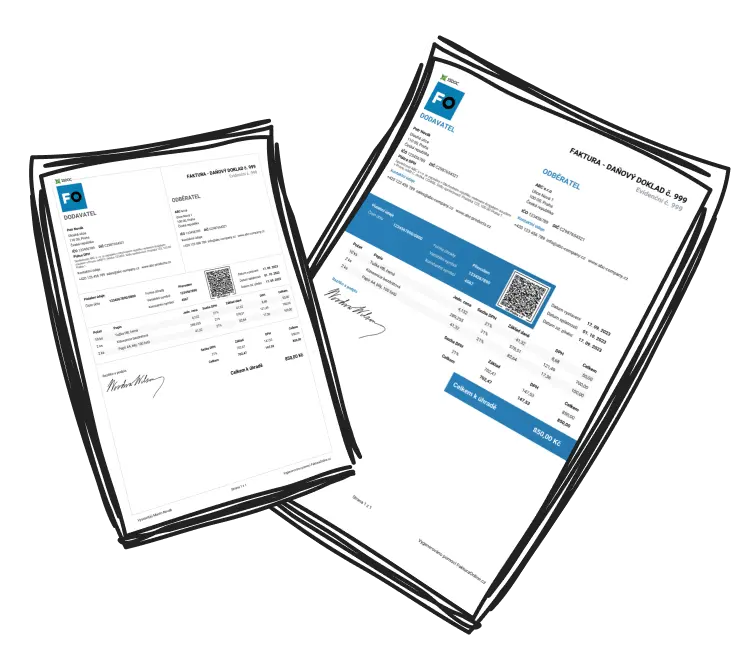Inflation decreases the purchasing power of money, making it essential to take steps that protect your savings. With inflation fluctuating in the current economic climate, understanding how to safeguard your finances is more important than ever.
Understanding Inflation and Its Impact
Inflation is the rate at which the prices of goods and services rise, leading to a decrease in the value of money. For example, if inflation is at 3%, a $100 item today will cost $103 next year, reducing the value of your money over time.

Did you know?
Inflation can significantly affect your savings over time, making it essential to adopt strategies that protect your funds from losing value.
Effective Strategies to Protect Your Savings
1. Diversify Your Investment Portfolio
Avoid concentrating funds in a single asset class.
Spread investments across stocks, bonds, real estate, and commodities.
Mitigate risks and enhance potential returns.
Treasury Inflation-Protected Securities (TIPS) adjust for inflation using the Consumer Price Index.

A diversified portfolio might include 40% in stocks, 30% in bonds, 20% in real estate, and 10% in precious metals, helping spread the risk and secure your savings against inflation.
2. Invest in Real Estate
Real estate appreciates over time.
Provides rental income and capital appreciation.
Properties in prime locations maintain or increase value.
Hedge against inflation—real estate value often rises with or above inflation.
Why Real Estate?
Real estate can be an excellent hedge against inflation, as its value tends to rise with or above inflation over the long term.
3. Allocate Funds to Precious Metals
Gold and precious metals are considered safe havens.
Metals protect wealth when traditional currencies decline.
Invest in gold ETFs, physical gold, or mining stocks.
Fact: Gold has historically outpaced inflation over the last century, providing long-term protection.
Did you know?
Gold has outpaced inflation over the past century, making it a popular choice for long-term protection.

4. Utilize High-Yield Savings Accounts and CDs
Traditional savings accounts offer low interest.
High-yield savings accounts and Certificates of Deposit (CDs) provide better returns.
For example, a 3.75% APY savings account can help outpace inflation.
Selecting Appropriate Investments
When selecting investments to protect against inflation, consider factors such as your risk tolerance, investment timeline, and liquidity needs. A well-balanced approach that incorporates different asset types can offer both growth and stability.

Always consult with a financial advisor to ensure your investment strategy aligns with your personal goals and financial situation.
Practical Tips for Inflation Protection
Diverzification of Portfolio
Don't focus on just one investment type.
Distribute your money across various sectors such as real estate, stocks, bonds, or commodities. This helps spread risk and ensures more stability.
Regular Monitoring
Track the performance of your investments regularly.
Stay aware of economic conditions and inflation trends, and adapt your investment strategy accordingly.
A flexible approach helps minimize losses and capitalize on opportunities.

Always ensure that you do not rely on a single investment, as sudden market changes can impact your savings dramatically.

Tip for Long-Term Goals:
If you have long-term goals, consider growth-focused investments like index funds, which often outperform inflation over time.
Conclusion
Protecting your savings from inflation requires a proactive approach, including diversification, strategic investments, and continuous monitoring. By implementing these techniques, you can preserve and even grow your wealth, despite economic challenges.

For a comprehensive understanding of investment terms and strategies, be sure to explore our detailed Investment Dictionary, which breaks down the basic concepts every investor should know.


